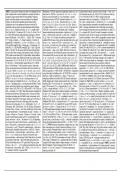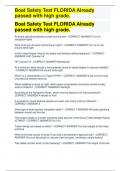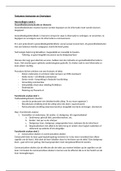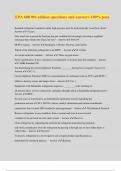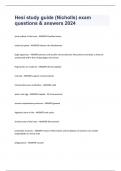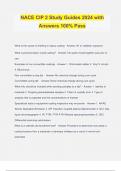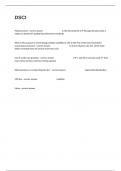Overig
Cheatsheet voor Computernetwerken en beveiligingen
- Instelling
- Universiteit Antwerpen (UA)
Het is een cheatsheet dat gebruikt mag worden tijdens de examen. Het bevat alle tekst data van de boek. Weet dat cheatsheets enkel handig is indien je de leerstof zelf grondig begrijpt.
[Meer zien]
